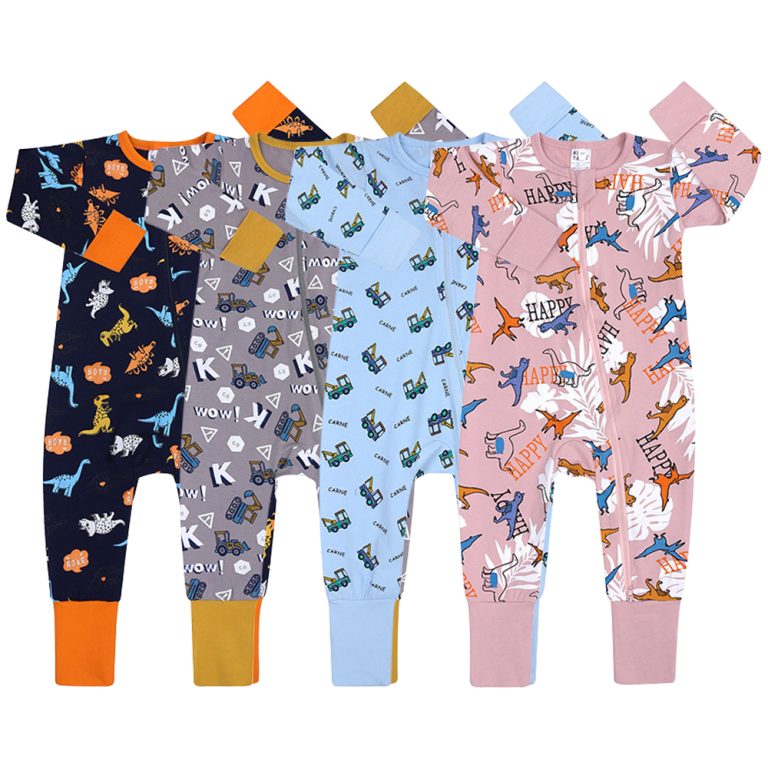bamboo pajamas mystery bamboo character mystery bamboo box Disney Audit Master Chinese Suppliers
# Bamboo Pajamas Mystery: Bamboo Character, Mystery Bamboo Box, and Disney’s Audit Mastery of Chinese Suppliers
Bamboo pajamas have become a staple in the eco-friendly fashion world, known for their softness, durability, and sustainability. However, there’s a fascinating mystery behind bamboo pajamas that involves not just the fiber itself, but also the manufacturing process, certifications, and their suitability across seasons. In this article, we’ll unwrap the layers surrounding the bamboo pajamas mystery, including the enigmatic bamboo character, the mystery of the bamboo box, and how Disney expertly audits Chinese suppliers to ensure quality and compliance.
Bamboo Fiber: A Sustainable Marvel
The allure of bamboo pajamas begins with the bamboo fiber. Bamboo, a rapidly renewable resource, grows swiftly without the need for pesticides or fertilizers, making it an environmentally friendly option for textiles. The process of transforming bamboo into fabric typically involves two primary methods: mechanical and chemical processing.
In mechanical processing, bamboo fibers are extracted and spun into yarn without the use of chemicals, resulting in a fabric known as bamboo linen. This method retains the natural integrity of bamboo and is highly sustainable. However, it is labor-intensive and less common. On the other hand, chemical processing involves breaking down the bamboo plant into cellulose, which is then spun into rayon or viscose. While this method is more prevalent and produces a silky, soft fabric, it raises questions about environmental impact due to the chemicals used.
The choice of processing method can sway the sustainability narrative. The mystery behind bamboo pajamas often lies in deciphering the true environmental footprint of the fabric—are they as eco-friendly as they claim to be, or does the chemical processing overshadow their green image?

Cooler sleep
Certification: The Seal of Approval
Certifications play a pivotal role in demystifying bamboo pajamas and ensuring that they meet specific environmental and ethical standards. The OEKO-TEX Standard 100 is a well-known certification that tests fabrics for harmful substances, ensuring they are safe for human use. Similarly, the Global Organic Textile Standard (GOTS) certifies organic fibers, including those derived from bamboo, ensuring they meet high environmental and social criteria.
For bamboo pajamas, these certifications serve as a testament to the quality and safety of the fabric. However, the presence of a certification doesn’t always guarantee the entire story. The mystery deepens when considering the manufacturing practices behind the certification. Factories might obtain certifications but still engage in unsustainable practices once audits are completed, raising concerns about the transparency and accountability within the supply chain.
Factory: The Heart of Production
Chinese factories have become the epicenter of bamboo pajamas production, known for their efficiency and scalability. However, this is where another layer of mystery unfolds. Factories often operate behind closed doors, and the opacity of their operations can raise questions about labor practices, working conditions, and environmental impact.
Disney, a global leader in brand reputation and sustainability, has mastered the art of auditing Chinese suppliers. Their audit process ensures that factories comply with labor laws, environmental standards, and ethical practices. Disney’s approach involves comprehensive initial audits, regular follow-ups, and corrective actions to maintain high standards. The mystery lies in Disney’s ability to maintain transparency and accountability in such a complex supply chain, setting a benchmark for other companies to follow.

Cooler sleep
Despite rigorous audits, there remains an air of mystery about the daily operations of these factories. Are the standards upheld consistently, or do they wane post-audits? The discrepancy between on-paper compliance and actual practice continues to fuel the intrigue surrounding bamboo pajamas.
Seasonal Use: The Comfort of Bamboo Pajamas
Bamboo pajamas are lauded for their versatility across seasons, providing comfort and breathability whether it’s sweltering summer or chilly winter. The natural moisture-wicking and thermoregulating properties of bamboo fiber make these pajamas a suitable choice for year-round wear.

Hollow fibers
In summer, bamboo pajamas offer a cooling effect, drawing moisture away from the skin and allowing it to evaporate swiftly. This keeps the wearer dry and comfortable, making bamboo pajamas an ideal choice for hot and humid climates. During colder months, the insulating property of bamboo helps retain warmth, providing a cozy cocoon against the chill.
The mystery of bamboo pajamas’ adaptability across seasons often hinges on the manufacturing process and quality of the fabric. Do all bamboo pajamas live up to this promise, or are some merely average due to differences in production quality and fiber processing?
In conclusion, the mystery of bamboo pajamas encompasses more than just the fabric itself. It extends to the environmental impact of fiber processing, the reliability of certifications, the integrity of factory operations, and their adaptability across seasons. While companies like Disney demonstrate mastery in auditing and ensuring compliance among Chinese suppliers, the full narrative of bamboo pajamas remains an ever-evolving story, inviting us to look deeper and question more. As consumers grow increasingly conscientious, the unraveling of these mysteries becomes crucial in making informed and sustainable choices.




